
The ROV JASON JR. peers into stateroom U. of Titanic wreck in July of 1986, just nine months after the ship's discovery. (Photo courtesy of WHOI Archives, © Woods Hole Oceanographic Institution)
Ocean archaeology is the study of human history through the investigation of shipwrecks, sunken settlements, and other submerged remains. This field offers a fascinating journey into our past through underwater treasures that contain a wealth of stories about human exploration, trade, and creativity. Every dive reveals incredible insights into our shared history, allowing a chance to connect with narratives that have long been hidden beneath the surface.
Researchers employ advanced technologies, such as remotely operated vehicles (ROVs), autonomous underwater vehicles (AUVs), sonar, and deep-sea imaging systems, to investigate the ocean floor and recover archaeological information. These tools have enabled the documentation of both ancient and modern maritime history. Notable discoveries include the wreckage of Air France Flight 447, which crashed in 2009 and was located approximately 2.5 miles deep in the Atlantic Ocean; the Antikythera shipwreck from ancient Greece; and the remains of the RMS Titanic.
In addition to high-profile discoveries, underwater archaeologists study areas that are rich in material. The shallow waters of Massachusetts' Stellwagen Bank create treacherous conditions that change unexpectedly, leading to numerous shipwrecks.
All Topics on Underwater Archaeology
Air France Flight 447
On April 4, 2011, a search team led by the Woods Hole Oceanographic Institution (WHOI) located the wreckage of the Airbus jet some 3,900 meters (nearly 2.5 miles) below the surface of the Atlantic Ocean.
Antikythera Shipwreck
The site of the Antikythera Wreck holds the remains of a Greek trading or cargo ship dating from the First Century, BCE. It is located on the east side of the Greek island of Antikythera.
RMS Titanic
The RMS Titanic was a passenger and mail ship that hit an iceberg on its maiden voyage on April 14, 1912. It remains one of the deadliest peacetime maritime disasters in history.
Stellwagen Bank
The shallow waters of the Stellwagen Bank create treacherous conditions that change unexpectedly and have led to numerous shipwrecks that dot the seafloor.

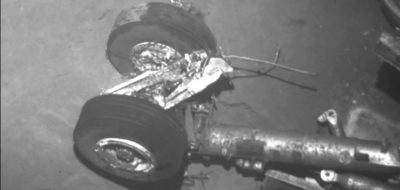
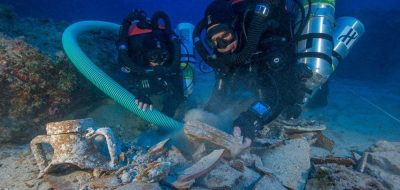
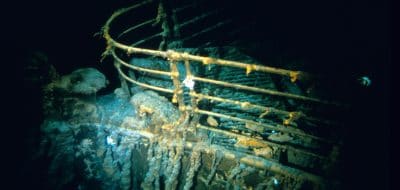
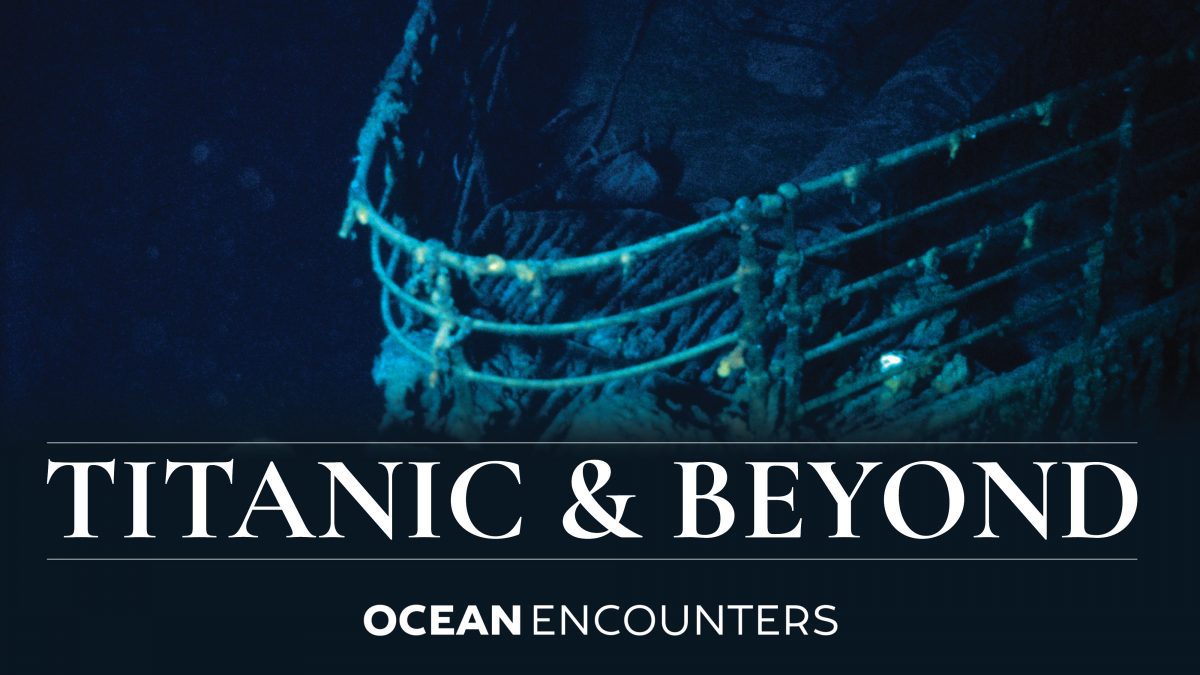
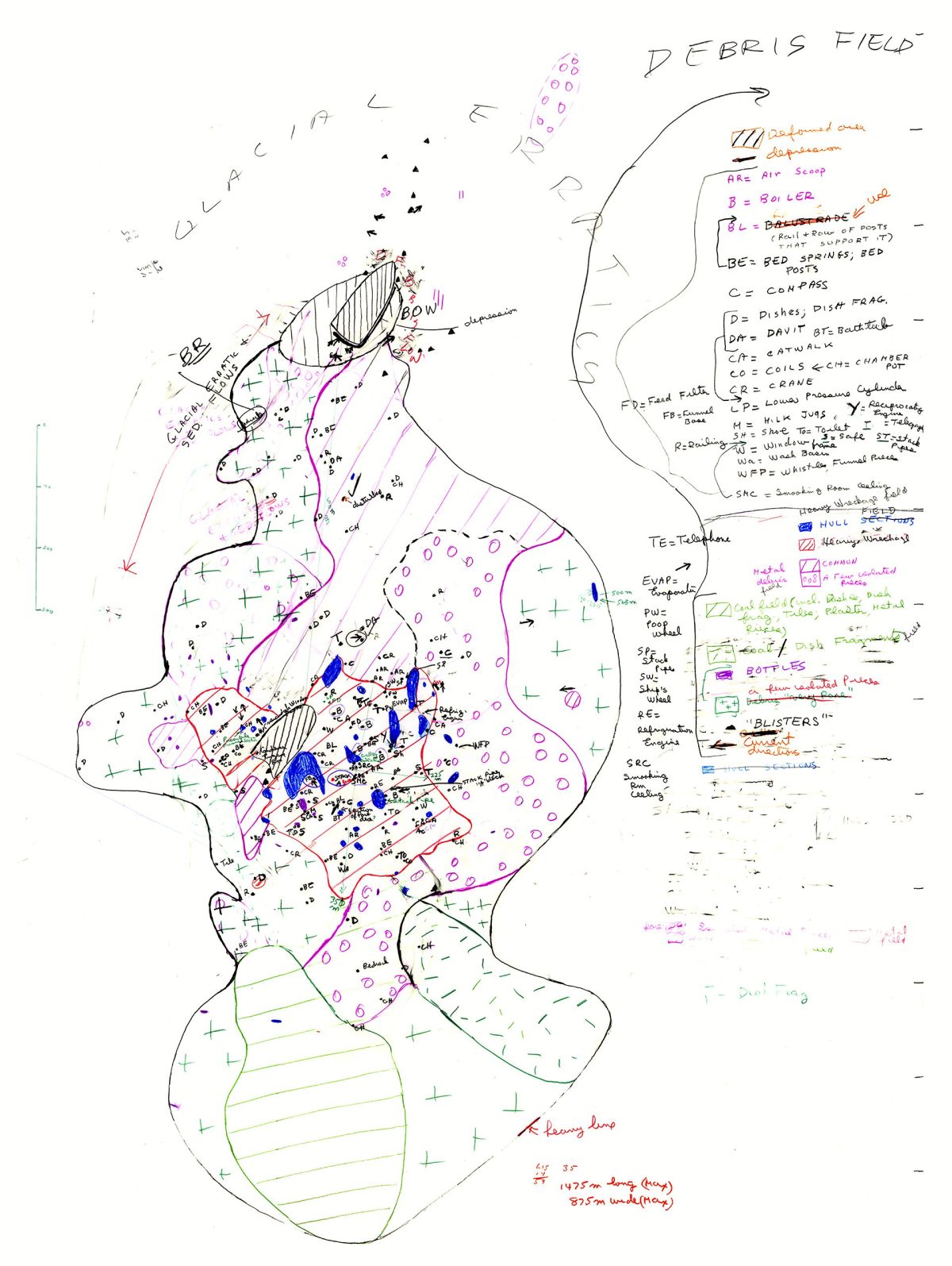
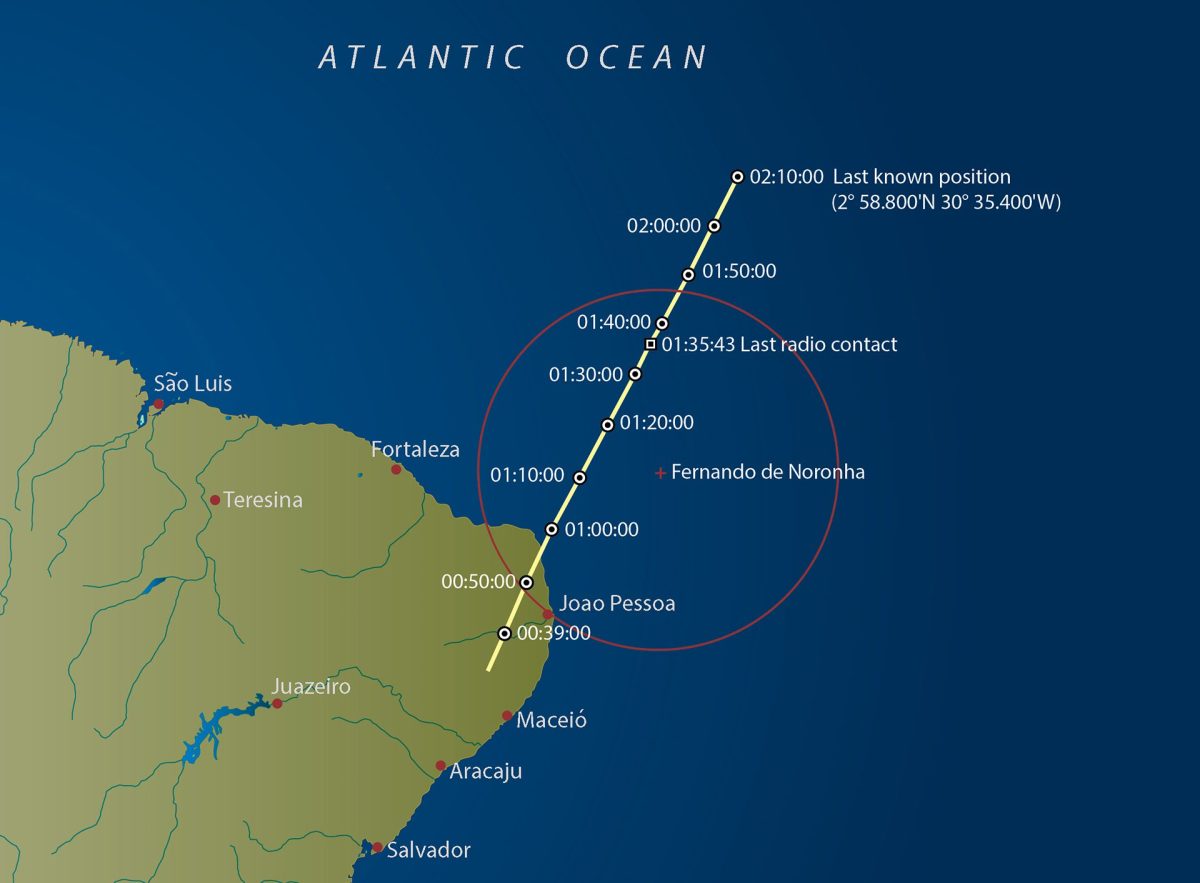
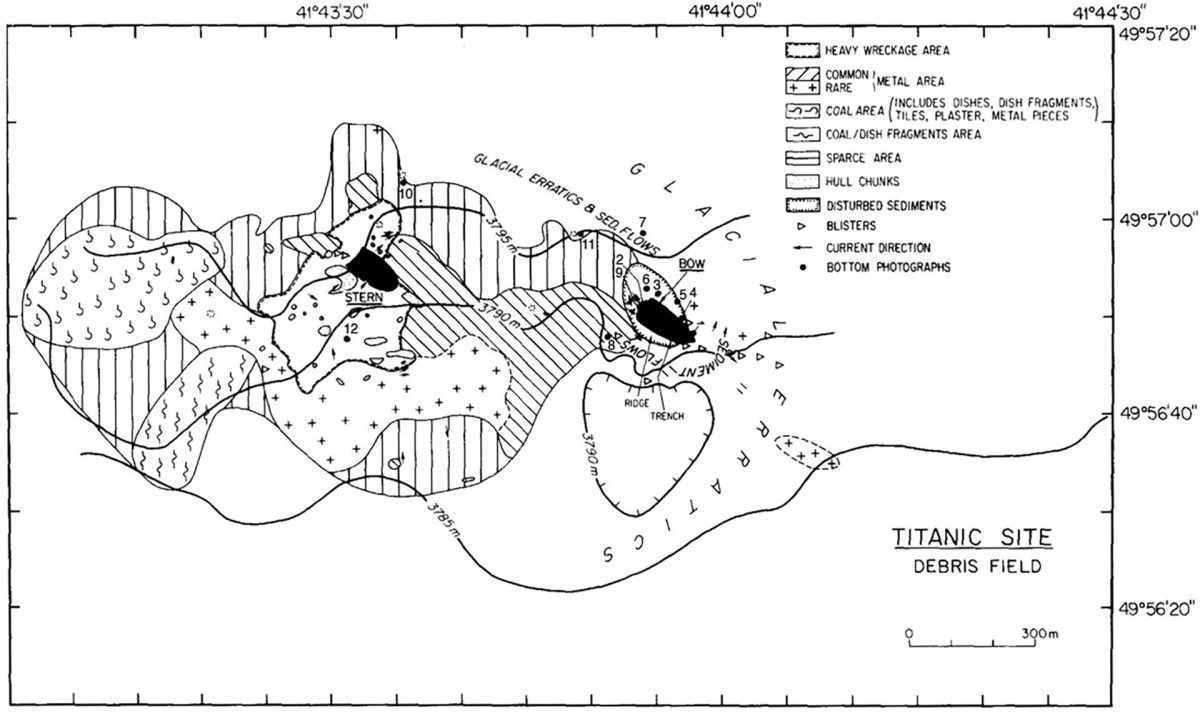
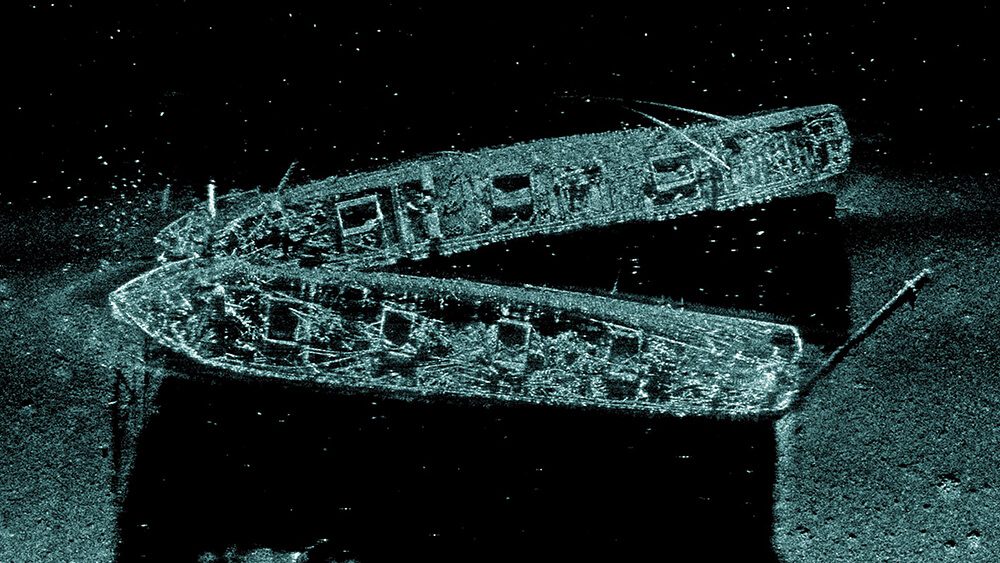

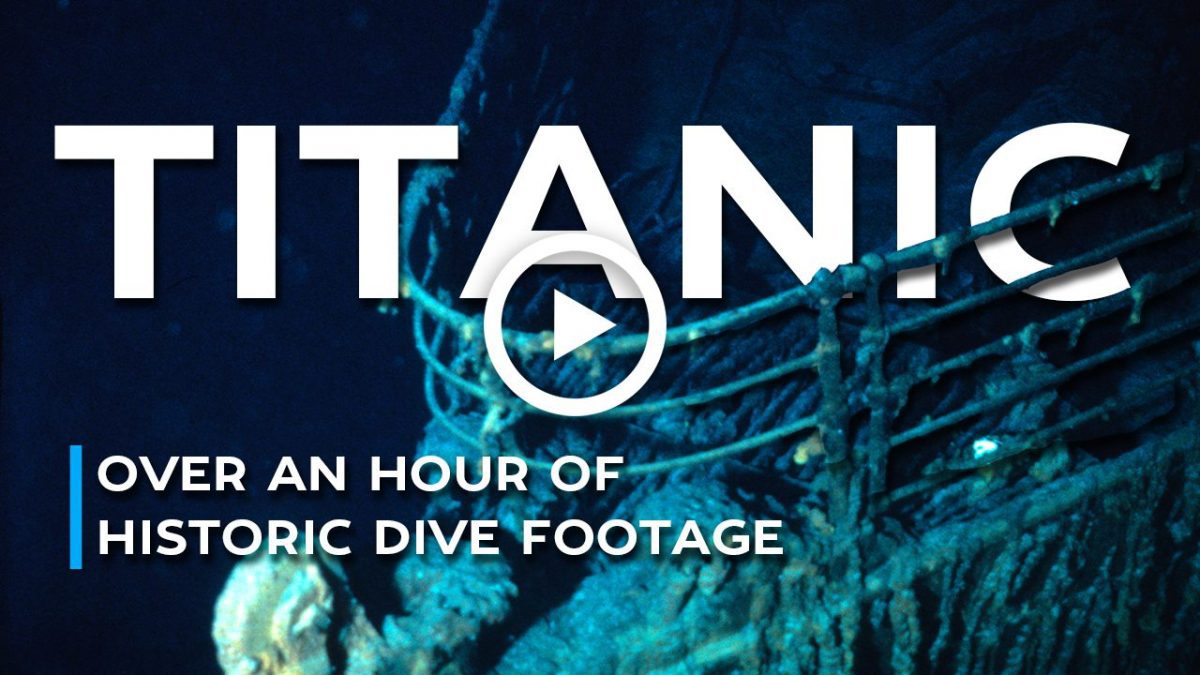
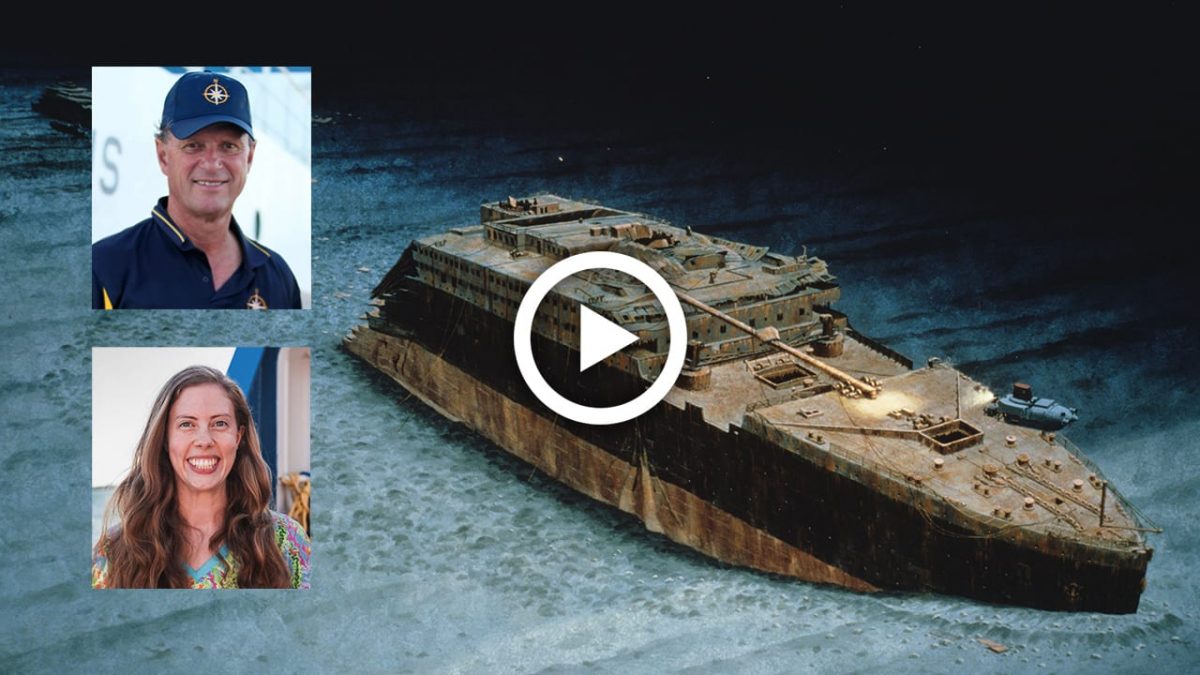
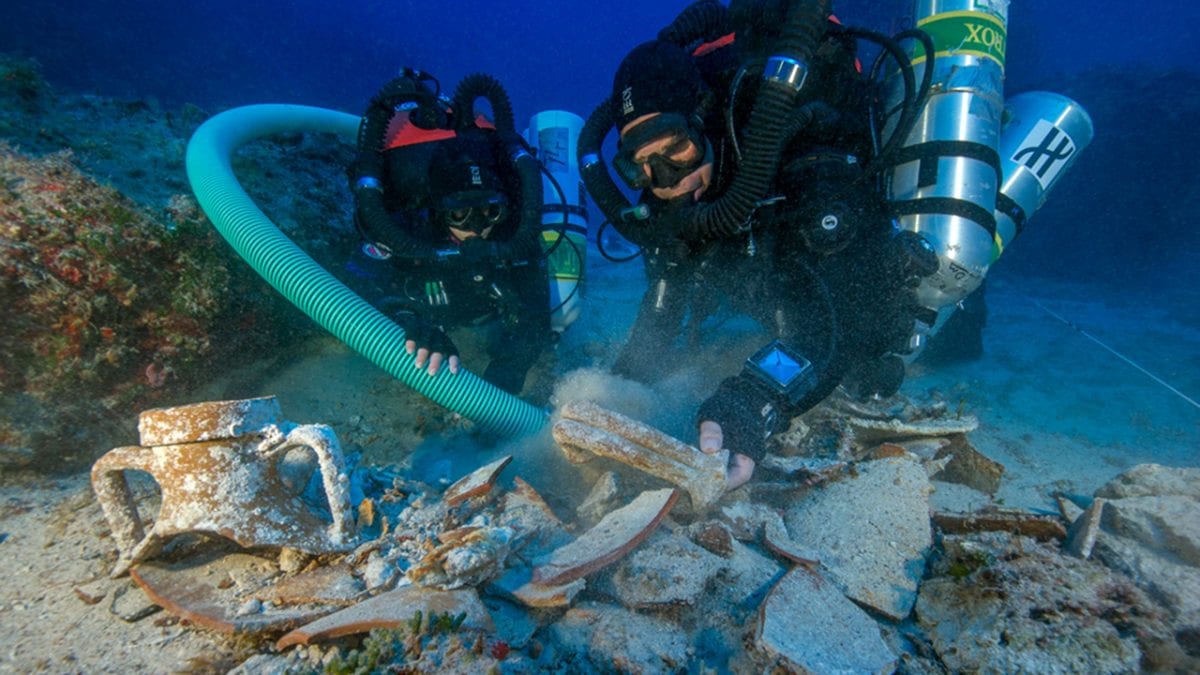
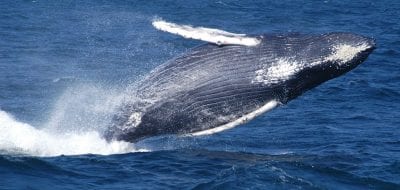
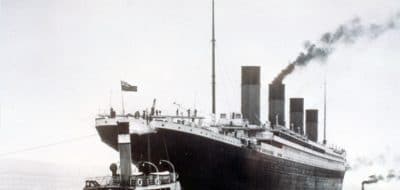
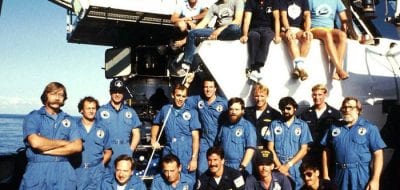
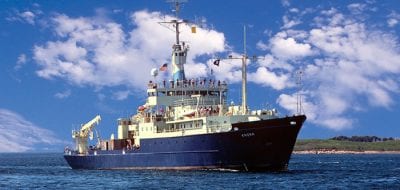
 Air France Flight 447
Air France Flight 447 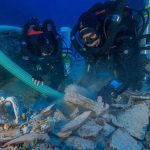 Antikythera Shipwreck
Antikythera Shipwreck 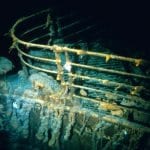 RMS Titanic
RMS Titanic